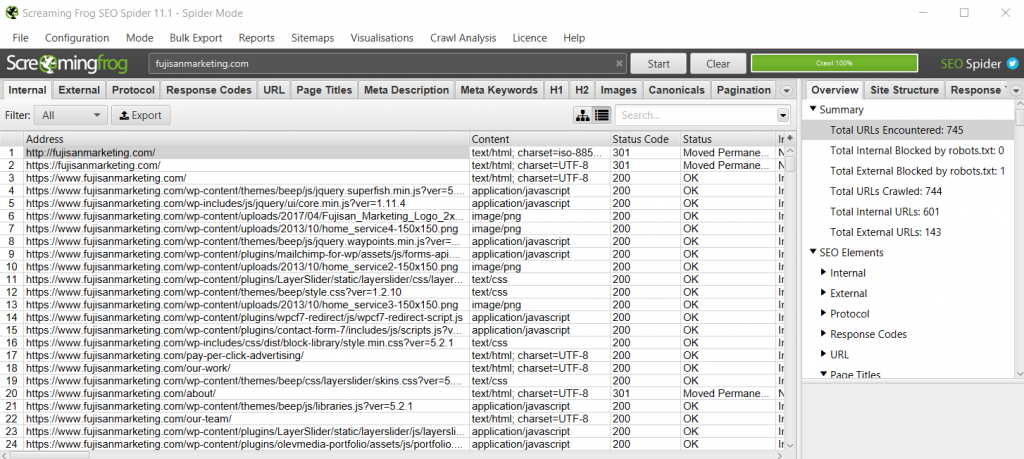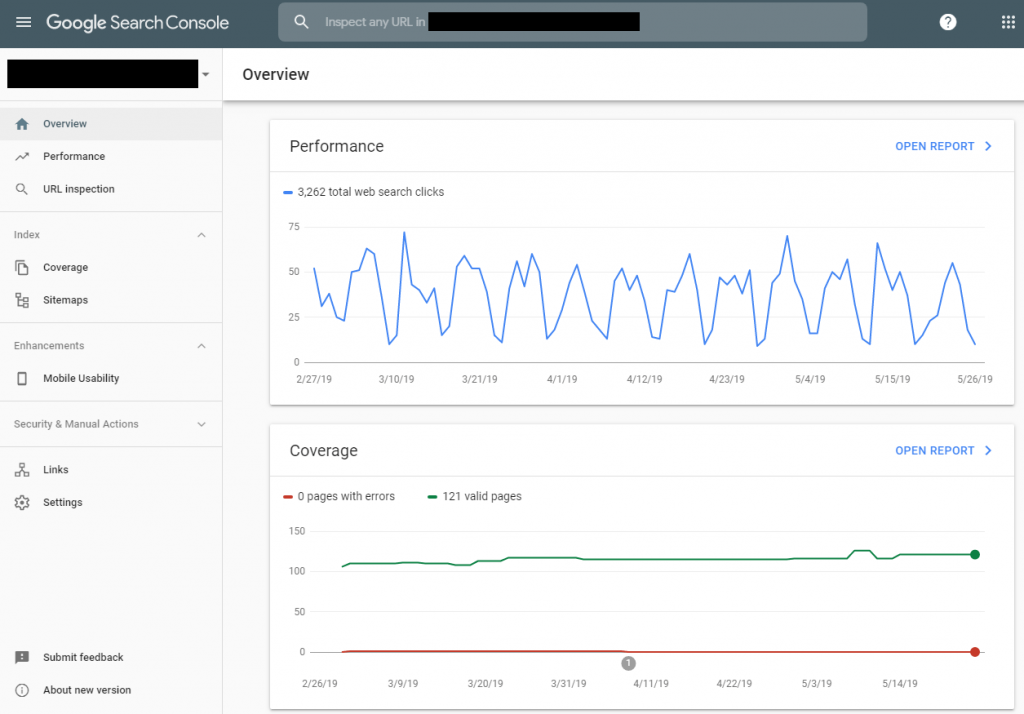If you run a business in 2019, you almost certainly — get ready for a bold statement — have a website. Going out on a limb, we know. But a website isn’t free. You have to pay for the domain, pay a designer to design it, pay a copywriter to write it, and pay a web developer to keep it going. You have to pay with your own time and energy coordinating and collaborating with everyone involved. So, with all the time and money you spend on your site, surely you want to get the most out of it, right?
Luckily, with modern tools and expertise, we’re able to quantify a website’s value. In order to get the most out of your site, you have to optimize a handful of its characteristics involving SEO and user experience. The first step towards that is an SEO audit, so you can understand and improve your website’s utility. At Fujisan, we’d love to help you with this process.
In Part 1 of our 3-part series on SEO audits, we will review the basics of SEO audits and why they are important.
Why bother with SEO audits?
There’s a handful of reasons to take your website’s SEO standing seriously. The primary three are as follows:
1) Improving your SEO ranking
This is the “Duh” answer to this question. If you want a successful business, you need customers, and if you want to have customers, they must be able to find you. And in order to find you in the 21st century, in 99.9% of cases, you must have an online presence.
Of course, a positive SEO ranking has the potential to significantly increase your website’s online traffic. That’s obviously an inherent benefit of an improved SEO rank, but it also lays the foundation for increased sales and conversions in the long term. While it may seem like a hassle to devote occasional energy to do a check-up on the health of your brand’s visibility, it provides an immediate return while also building the infrastructure for future success.
2) Uncovering non-SEO website issues
While the focus of an SEO audit is, naturally, to improve the SEO itself, there’s also adjacent problems that one can fix in the process. For example, site load speed has a massive impact on site visitors and shoppers. Per a leading site-optimization firm*, 79% of shoppers who have trouble with a website’s performance say they won’t return to purchase from that site again. Even more pressing is that over half of all visitors will abort their visit to a site if loading time takes more than just three seconds. Yeah, that’s not a typo. It’s also not something that’s unfixable or uncatchable, and an SEO audit can cover both.
Other non-SEO issues that can be discovered in an SEO audit are problems with website tracking codes or missing alt tags. For the former, an example includes improper installation of tracking codes, such as installing your Google Analytics code at the bottom of the page. Since websites load from top to bottom, that means you won’t capture complete information when users are browsing your website. For the latter, alt tags are important for users who depend on assistive technology to browse the internet; having accurate, descriptive alt tags allows them to know the content of images that they otherwise wouldn’t be able to understand. Plus, not only are alt tags important simply because accommodating users who rely on assistive technology is the right thing to do, but they’re also good legal sense. For reference, Target was sued in the 2000s because their site lacked alt tags, and they ended up paying a $6 million settlement as a result.
*https://unbounce.com/landing-pages/7-page-speed-stats-for-marketers/
3) Ensuring your website has the foundation to deliver
This is kind of a combination of the first two. Sometimes, your site can have everything going for it except one forgotten, critical detail — and with that missing link, conversions and reputation suffer. For example, say your site has everything in top shape, but it doesn’t list your phone number anywhere. If you want to drive more calls, that would be a bit of a roadblock. This is a basic example, but any sort of missing or messy components of your site will affect your brand’s advertising initiatives down the road. Assuming your website’s content act as landing pages for digital ad campaigns, a broken path from the landing page to conversions (or whatever your end goal) means resources spent on the initiative are wasted. Plus, this is doubly important since landing page relevance score is quantified and ranked by Google Ads.
All about Fujisan’s SEO auditing process and results
So, you’ve decided to do an SEO audit. (Good call — you’ve made the right move!) Just like with any job, we need the right tools.
The first of these is Screaming Frog, a website crawler which allows the user to access data from the URL and key site elements in order to analyze the SEO status. This provides us with a baseline of information from which to move forward.

Along with Screaming Frog, access to both Google Analytics and Google Search Console is necessary in order to benchmark organic traffic trends and find broken links, pages, redirects, or similar sitemap issues, respectively. Lastly, we also use keyword research tools like Google Keyword Planner, SEMRush, SpyFu, or others.

After going through the auditing process and making the corresponding changes, your site will have an upgraded SEO status and better user experience. And, by updating the SEO-relevant elements, you can expect more organic traffic and a higher SEO ranking for both branded and non-branded targeted terms. Not only is this immediately impactful, but the effects of said increased traffic and SEO ranking mean, over the long run, your site’s authority within Google searches will continue to rise.
So, that’s the improvement of SEO, but what about the effectiveness of your site once users interact with it? Like stated previously, the changes we apply affect not just SEO, but also user experience. Improvements to the site’s architecture and output can help you better develop your content strategy so that you’re curating content that’s valuable to both you and your audience. That should be coupled with a decreased site loading time — after all, like described above, happy customers don’t like to wait — and the infrastructure to promote an inclusive experience for users relying on assistive technology to interpret images.
After going through this process, your online presence is in an optimal position to do what you do best — and for more potential customers to take note. Now, you can more efficiently move forward, knowing you have the foundation to reach more people without compromising who you are.
For more information about our SEO audit services at Fujisan Marketing, contact us today. Up next is Part 2 of our blog series where we explain the On-Site Audit portion of SEO audits.




